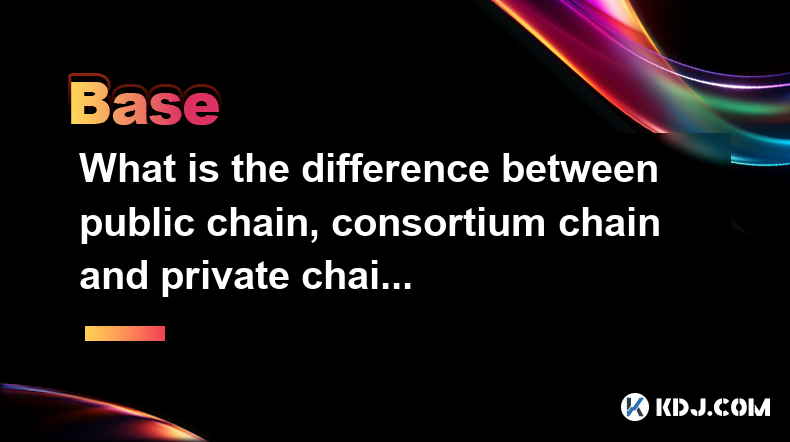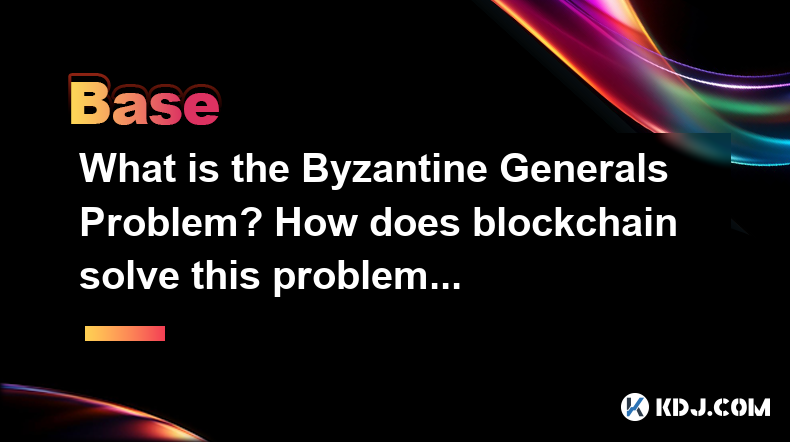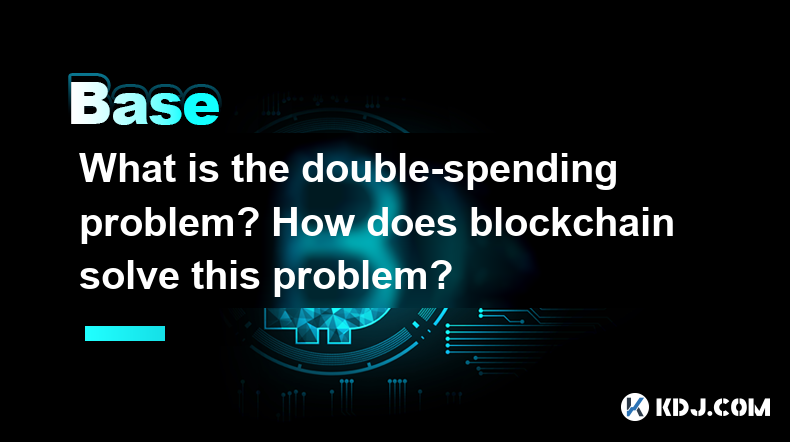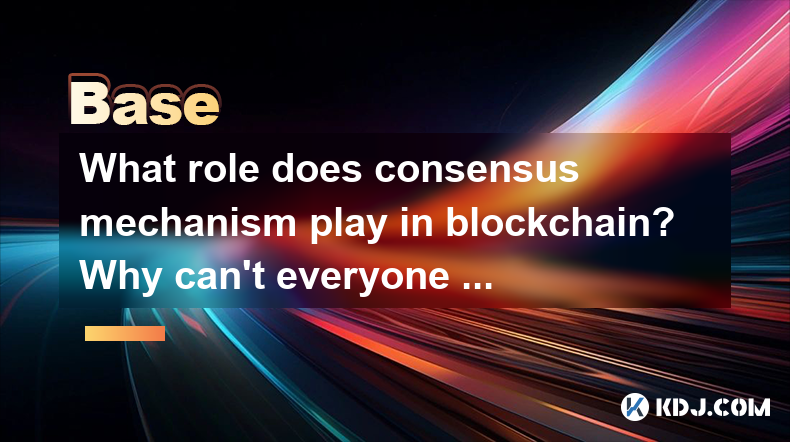-
 Bitcoin
Bitcoin $83,648.2009
1.02% -
 Ethereum
Ethereum $1,809.6283
-0.13% -
 Tether USDt
Tether USDt $0.9997
0.01% -
 XRP
XRP $2.1243
3.47% -
 BNB
BNB $596.8488
1.02% -
 Solana
Solana $122.2464
4.75% -
 USDC
USDC $0.9999
0.00% -
 Dogecoin
Dogecoin $0.1707
6.09% -
 Cardano
Cardano $0.6597
1.85% -
 TRON
TRON $0.2389
0.47% -
 Chainlink
Chainlink $12.8806
0.45% -
 UNUS SED LEO
UNUS SED LEO $9.1411
-3.19% -
 Toncoin
Toncoin $3.3929
-5.49% -
 Stellar
Stellar $0.2593
-0.69% -
 Avalanche
Avalanche $18.1618
0.48% -
 Sui
Sui $2.2500
0.45% -
 Shiba Inu
Shiba Inu $0.0...01228
0.96% -
 Hedera
Hedera $0.1636
0.95% -
 Litecoin
Litecoin $84.0523
0.98% -
 Polkadot
Polkadot $4.0193
-0.62% -
 MANTRA
MANTRA $6.2639
-2.15% -
 Bitcoin Cash
Bitcoin Cash $300.5204
0.31% -
 Bitget Token
Bitget Token $4.5235
0.86% -
 Dai
Dai $1.0000
0.00% -
 Ethena USDe
Ethena USDe $0.9990
-0.04% -
 Hyperliquid
Hyperliquid $11.9342
1.49% -
 Monero
Monero $215.8659
0.64% -
 Uniswap
Uniswap $5.8948
1.20% -
 Pi
Pi $0.5213
-9.02% -
 Pepe
Pepe $0.0...07186
7.99%
What is the difference between public chain, consortium chain and private chain? What scenarios are suitable for each?
Public chains offer high security and decentralization, ideal for DeFi; consortium chains balance control and scalability for supply chains; private chains prioritize scalability for internal use.
Apr 04, 2025 at 09:21 pm

In the world of blockchain technology, understanding the differences between public chains, consortium chains, and private chains is crucial for selecting the right type of blockchain for specific applications. Each type of blockchain has its own unique characteristics and use cases, which we will explore in detail.
Understanding Public Chains
Public chains are blockchains that are open to anyone who wants to participate. They are decentralized and fully transparent, meaning that anyone can join the network, view transactions, and even contribute to the validation process. The most well-known example of a public chain is Bitcoin, which allows anyone to participate in the mining process and validate transactions.
Public chains are suitable for scenarios where decentralization and transparency are paramount. For instance, they are ideal for cryptocurrencies where the goal is to create a decentralized financial system that is not controlled by any single entity. Additionally, public chains can be used for decentralized applications (DApps) that require a high level of transparency and security, such as decentralized finance (DeFi) platforms and non-fungible token (NFT) marketplaces.
Exploring Consortium Chains
Consortium chains, also known as federated blockchains, are a type of blockchain where the consensus process is controlled by a pre-selected group of nodes. These nodes are typically operated by different organizations that have a vested interest in the network. An example of a consortium chain is R3's Corda, which is used by a consortium of banks to facilitate secure and private transactions.
Consortium chains are best suited for scenarios where multiple organizations need to collaborate on a shared infrastructure but still require a level of control and privacy. They are often used in supply chain management, where different companies need to track the movement of goods across a network while ensuring that sensitive data is only accessible to authorized parties. Consortium chains are also useful in financial services, where banks and financial institutions need to share data securely and efficiently.
Delving into Private Chains
Private chains are blockchains where write permissions are kept centralized to one organization. Read permissions may be public or restricted to an arbitrary extent. A prominent example of a private chain is Hyperledger Fabric, which is used by enterprises to build permissioned blockchain networks.
Private chains are ideal for scenarios where a single organization needs to maintain control over the network while still benefiting from the efficiency and security of blockchain technology. They are commonly used in enterprise settings for applications such as internal auditing, document management, and compliance tracking. Private chains allow organizations to streamline their operations and ensure data integrity without exposing sensitive information to the public.
Comparing Security and Scalability
When it comes to security, public chains are generally considered the most secure due to their decentralized nature. The more nodes that participate in the network, the harder it is for any single entity to compromise the system. However, this comes at the cost of scalability, as public chains often struggle to handle a high volume of transactions efficiently.
Consortium chains offer a middle ground in terms of security and scalability. They are more secure than private chains because multiple organizations are involved in the consensus process, but they can also be more scalable than public chains because the number of nodes is controlled.
Private chains, on the other hand, are the most scalable of the three types but are also the least secure. Since the network is controlled by a single organization, it is more vulnerable to attacks and manipulation. However, for applications where scalability is more important than security, private chains can be an effective solution.
Use Cases and Implementation
To better understand the practical applications of each type of blockchain, let's look at some specific use cases and how they might be implemented:
Public Chain Use Case: Decentralized Finance (DeFi)
- Scenario: A DeFi platform wants to create a decentralized lending and borrowing system.
- Implementation: The platform would use a public chain like Ethereum to deploy smart contracts that automatically execute lending and borrowing agreements. Users can interact with the platform directly, and the transactions are recorded on the blockchain for transparency and security.
Consortium Chain Use Case: Supply Chain Management
- Scenario: A group of companies wants to track the movement of goods across their supply chain.
- Implementation: The companies would form a consortium and use a blockchain like Corda to create a shared ledger. Each company would operate a node on the network, and they would agree on the rules for validating transactions. This allows them to track the movement of goods in real-time while maintaining control over their data.
Private Chain Use Case: Internal Auditing
- Scenario: A large corporation wants to streamline its internal auditing process.
- Implementation: The corporation would use a private chain like Hyperledger Fabric to create a secure and efficient auditing system. The blockchain would record all audit-related transactions, ensuring data integrity and transparency within the organization. Access to the blockchain would be restricted to authorized personnel only.
Choosing the Right Blockchain
Selecting the appropriate type of blockchain depends on the specific requirements of the application. Here are some key factors to consider:
- Decentralization: If the goal is to create a fully decentralized system where no single entity has control, a public chain is the best choice.
- Control and Privacy: If multiple organizations need to collaborate but still require a level of control and privacy, a consortium chain is more suitable.
- Scalability and Security: If the application requires high scalability and the organization is willing to trade off some security, a private chain might be the best option.
Frequently Asked Questions
Q: Can a public chain be converted into a consortium or private chain?
A: While it is technically possible to fork a public chain and create a new version with different consensus rules, converting an existing public chain into a consortium or private chain is not straightforward. It would require significant changes to the network's architecture and consensus mechanism, and it would likely result in a new blockchain rather than a direct conversion.
Q: Are there any hybrid models that combine features of public, consortium, and private chains?
A: Yes, there are hybrid models that attempt to combine the benefits of different types of blockchains. For example, some blockchains use a public chain for certain transactions and a private or consortium chain for others, depending on the level of privacy and control required. These hybrid models can offer flexibility but also add complexity to the system.
Q: How do regulatory considerations affect the choice between public, consortium, and private chains?
A: Regulatory considerations can significantly impact the choice of blockchain type. Public chains, being fully decentralized, can be more challenging to regulate, as there is no central authority to enforce compliance. Consortium and private chains, on the other hand, can be designed to meet specific regulatory requirements more easily, as they are controlled by known entities. Organizations must carefully consider the regulatory environment when choosing a blockchain type for their applications.
Disclaimer:info@kdj.com
The information provided is not trading advice. kdj.com does not assume any responsibility for any investments made based on the information provided in this article. Cryptocurrencies are highly volatile and it is highly recommended that you invest with caution after thorough research!
If you believe that the content used on this website infringes your copyright, please contact us immediately (info@kdj.com) and we will delete it promptly.
- Hamster Kombat GameDev Heroes Daily Cipher Codes And Combo Cards Today April 3, 2025
- 2025-04-05 07:30:12
- Exploring the Relationship Between XRP Price and the Efficiency of XRP Transactions
- 2025-04-05 07:30:12
- US Government Imposes Reciprocal Tariffs on China, the UK and South Korea, Affecting the Entire Global Market
- 2025-04-05 07:25:12
- XRP Price Analysis: Recent 0.80% Drop Shows Sellers Have Taken Control
- 2025-04-05 07:25:12
- VanEck Registers Binance Coin (BNB) Exchange-Traded Fund in Delaware
- 2025-04-05 07:20:12
- Cardano (ADA) Has Taken a Decisive Step in Its Evolution by Obtaining a New Listing on Coinbase
- 2025-04-05 07:20:12
Related knowledge

Why is the oracle called the bridge between blockchain and the real world?
Apr 04,2025 at 04:00am
The concept of an oracle in the cryptocurrency and blockchain world is crucial for understanding how these decentralized systems interact with external data. The oracle is often referred to as the bridge between blockchain and the real world because it serves as a vital intermediary that fetches, verifies, and transmits off-chain data to the on-chain en...

What is the Byzantine Generals Problem? How does blockchain solve this problem?
Apr 05,2025 at 06:29am
The Byzantine Generals Problem is a classic problem in the field of distributed computing and computer science, which has significant implications for the reliability and security of decentralized systems, including blockchain technology. This problem is named after a hypothetical scenario involving several generals of the Byzantine army who must coordi...

What role does the Merkle tree play in the blockchain? Why can it verify data integrity?
Apr 04,2025 at 01:29pm
The Merkle tree plays a crucial role in the blockchain, primarily due to its ability to efficiently and securely verify data integrity. This article will delve into the structure of a Merkle tree, its implementation in blockchain, and how it ensures the integrity of data. Understanding the Structure of a Merkle TreeA Merkle tree, also known as a hash tr...

What is the difference between public chain, consortium chain and private chain? What scenarios are suitable for each?
Apr 04,2025 at 09:21pm
In the world of blockchain technology, understanding the differences between public chains, consortium chains, and private chains is crucial for selecting the right type of blockchain for specific applications. Each type of blockchain has its own unique characteristics and use cases, which we will explore in detail. Understanding Public ChainsPublic cha...

What is the double-spending problem? How does blockchain solve this problem?
Apr 04,2025 at 09:07am
The double-spending problem is a significant challenge in the realm of digital currencies. Double-spending refers to the potential for a digital currency to be spent more than once. This issue arises because digital files, unlike physical cash, can be easily duplicated. If not addressed, double-spending could undermine the integrity and trust in any dig...

What role does consensus mechanism play in blockchain? Why can't everyone keep accounts?
Apr 05,2025 at 12:29am
The consensus mechanism is a fundamental component of blockchain technology, serving as the backbone for maintaining the integrity and security of the network. It ensures that all participants in the network agree on the state of the ledger, which is crucial for the decentralized nature of blockchain. Without a consensus mechanism, the decentralized sys...

Why is the oracle called the bridge between blockchain and the real world?
Apr 04,2025 at 04:00am
The concept of an oracle in the cryptocurrency and blockchain world is crucial for understanding how these decentralized systems interact with external data. The oracle is often referred to as the bridge between blockchain and the real world because it serves as a vital intermediary that fetches, verifies, and transmits off-chain data to the on-chain en...

What is the Byzantine Generals Problem? How does blockchain solve this problem?
Apr 05,2025 at 06:29am
The Byzantine Generals Problem is a classic problem in the field of distributed computing and computer science, which has significant implications for the reliability and security of decentralized systems, including blockchain technology. This problem is named after a hypothetical scenario involving several generals of the Byzantine army who must coordi...

What role does the Merkle tree play in the blockchain? Why can it verify data integrity?
Apr 04,2025 at 01:29pm
The Merkle tree plays a crucial role in the blockchain, primarily due to its ability to efficiently and securely verify data integrity. This article will delve into the structure of a Merkle tree, its implementation in blockchain, and how it ensures the integrity of data. Understanding the Structure of a Merkle TreeA Merkle tree, also known as a hash tr...

What is the difference between public chain, consortium chain and private chain? What scenarios are suitable for each?
Apr 04,2025 at 09:21pm
In the world of blockchain technology, understanding the differences between public chains, consortium chains, and private chains is crucial for selecting the right type of blockchain for specific applications. Each type of blockchain has its own unique characteristics and use cases, which we will explore in detail. Understanding Public ChainsPublic cha...

What is the double-spending problem? How does blockchain solve this problem?
Apr 04,2025 at 09:07am
The double-spending problem is a significant challenge in the realm of digital currencies. Double-spending refers to the potential for a digital currency to be spent more than once. This issue arises because digital files, unlike physical cash, can be easily duplicated. If not addressed, double-spending could undermine the integrity and trust in any dig...

What role does consensus mechanism play in blockchain? Why can't everyone keep accounts?
Apr 05,2025 at 12:29am
The consensus mechanism is a fundamental component of blockchain technology, serving as the backbone for maintaining the integrity and security of the network. It ensures that all participants in the network agree on the state of the ledger, which is crucial for the decentralized nature of blockchain. Without a consensus mechanism, the decentralized sys...
See all articles





















































































